Top 2026 Pool Design Trends: Shapes, Features & Pool Finishes to Love
If you’re planning to build or remodel a pool in 2026, you’re not just choosing a “look”; you’re making a long-term investment in your home, your...
5 min read
Leviticus Jelks
:
Dec 14, 2022

When it comes to concrete inground pools, it’s common knowledge that plaster will be involved.
When it comes to plaster, it’s the icing on the cake. It’s the wrapping on the present. It’s the final destination before the water is added to the pool of your dreams.
As much as we think we might know about plaster, there are also plenty of myths and misinformation about this pool finish.
Whether you are a potential pool owner or an existing pool owner, these myths about what exactly plaster is, how it works and how to maintain it, can have a major negative impact on the health and appearance of your pool.
But what are these myths? What are the truths behind them?
At J Designs Pool and Spa, we have Verified Watershape Professionals who have had 20+ years of experience building concrete pools and applying plaster finishes of all kinds. With our history, we have heard 7 common myths about pool plaster, and we make it our mission to inform our clients with the facts.
After reading this article, you will know what those 7 common myths are and learn the truths that will debunk them. That way, you can tell fact from fiction when it comes to pool plaster.
Let’s get started!
There are a lot of pool owners out there who feel that painting their pool with epoxy, acrylic, and rubber mixtures is the same thing as using plaster as the finishing coat.
Granted, paint and plaster might generate the same shine. However, when it comes to aesthetics, durability, and longevity, pool plaster is very different.
Since the finish of your pool will also have the most contact with your water and the chemical used to sanitize it, you’ll want something that can withstand the test of time.
Unlike paint and epoxy, pool plaster can survive underwater with constant interaction with water chemicals, which can be harsh to the materials and surfaces of your pool.
Pool paint has a shorter lifespan than plaster pool finishes, in conjunction with being unsightly.
The plaster used on the walls in your home can be made rough or smooth depending on the atmosphere that you are trying to create.
However, you don’t walk on your walls. You do walk on the plaster in your pool, so it is always made to feel smooth to the touch.
Since it is a cementitious surface made from grains of sand or other aggregates, plaster finishes get the bad rep of being rough to walk on. After all, who wants to walk on sharp pieces in their pool?
They are then rendered and made smooth through the use of a trowel.
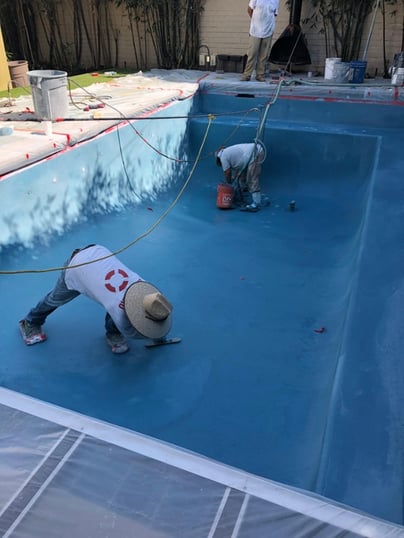
That way, even though it’s a cement surface, it feels more like plastic and/or smooth glass.
But that doesn’t mean that plaster finishes won’t deteriorate over time and can become a little harsher to the touch. *This is why it’s important to brush your plaster regularly, which we’ll cover later in the article.*
Because of its constant interaction with harsh water chemicals, plaster finishes might start to chip and crack, making them harder to walk on.
Also, there are things in the water (like fallen debris), and sanitizing systems (like salt systems or chlorine, which can be abrasive to plaster finishes over time) that could also contribute to that deterioration. In this case, it’s best to talk to a pool professional about a possible renovation of your plaster surface.
One myth that a lot of potential pool owners believe is that plaster finishes only come in one color and style.
Each type of plaster finish (white, aggregates, etc.) contributes largely to the overall appearance of your pool. They can give your pool a unique and customized look that can add a sense of luxury to your backyard space.
Do you want your pool to resemble a lake? How about a sandy beach? Plaster finishes can give your pool a look that resembles water found in nature. This is one of the many reasons why concrete inground pools are popular among California homeowners.
Plaster can also be mixed with different types of aggregates, such as pebbles, glass, and seashells to amp up the feeling of diving into a lake, river, or ocean.
And don’t worry about the texture. Aggregate plaster finishes are polished to be completely smooth to the touch, even though they are composed of harder elements.
The look, color, and feel of the plaster finish that you choose can only be limited by your imagination. So be creative.
Don’t buy into the myth and cheat yourself out of creating a pool that is perfectly tailored to your own personal style.
If you want to know more about the different types of plaster finishes, take a look at What Type of Plaster Is Right For Your Pool: Pros, Cons, and Comparisons.
Let’s be honest, pools are meant to have water in them. Draining a pool can be risky, especially when it comes to certain types of plaster finish.
Draining a pool for repairs might be an extreme step to take, but don’t expect your plaster finish to survive it.
 Outcomes such as cracking and discoloration could occur, which could affect the overall look of your pool.
Outcomes such as cracking and discoloration could occur, which could affect the overall look of your pool.
You would never take a fish out of the water and expect it to do very well. The same rule applies to your pool plaster.
Always consult a pool professional before deciding to drain your pool. A lot of repair problems can be solved without draining.
When it comes to cost, a lot of potential pool buyers believe that all plaster is the same and, therefore, costs the same.
The more high-end pricing of plaster finishes depends on the aggregates used to make them better, harder, and well-performed.
Certain manufacturers even have their plaster blend, scientifically engineered in a certain way that is meant to perform well and under harsh conditions.
Pricing also depends on the pool size. The larger the pool, the more plaster is needed, which would require more material and more crew to install it.
All of these factors contribute to the overall cost of your plaster finish.
One very common myth about pool plaster is that it has the utilitarian purpose of sealing your pool’s shotcrete layer, preventing leaks.
Unfortunately, it is this particular myth that leaves homeowners surprised and unprepared for when leaks do occur in their pools.
Plaster finishes can be a wonderful contributor to how your pool looks and feels, but are mostly used for aesthetic purposes.
Plaster is strong. Plaster is durable. Plaster is beautiful. Plaster is self-cleaning.
Well, that last one is a myth.
Just like with any type of finish in your home (carpet, kitchen counter, bathroom tile), your pool plaster finish will become damaged or discolored if not regularly maintained and cleaned.
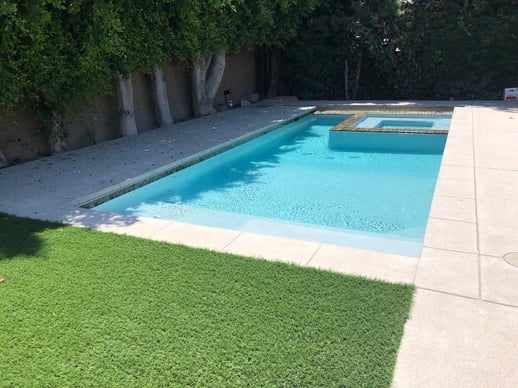
Regular brushing, vacuuming, and cleaning of your plaster keeps your pool healthy and within industry levels that are in range with the pool material and the region or location you are in.
You may not immediately see the results of skipped cleaning, but you can feel them because there are a lot of particles in the water that can settle and get bonded to the bottom. Then, you can feel them as you walk on top.
So it’s important to keep your plaster finish well-maintained so that you and your family can enjoy it for years to come.
The 7 common myths have been debunked and now you know the truth about pool plaster. With this knowledge, you can make smart decisions to keep your pool plaster healthy and looking its best.
You’ve spent so much time dreaming about having your perfect swimming pool. J Designs Pool and Spa has been in the business of building concrete pools for 14 years with a large variety of plaster finishes. Let us help you achieve your dream pool.
If you want to speak with one of our pool professionals, schedule an appointment for a consultation.
Not ready to speak with us yet, but still want to know more about the different elements of your pool check out these related articles for further information:
What Type of Plaster Is Right For Your Pool: Pros, Cons, and Comparisons.
Saltwater vs. Chlorine: Which Is Better For My Pool?
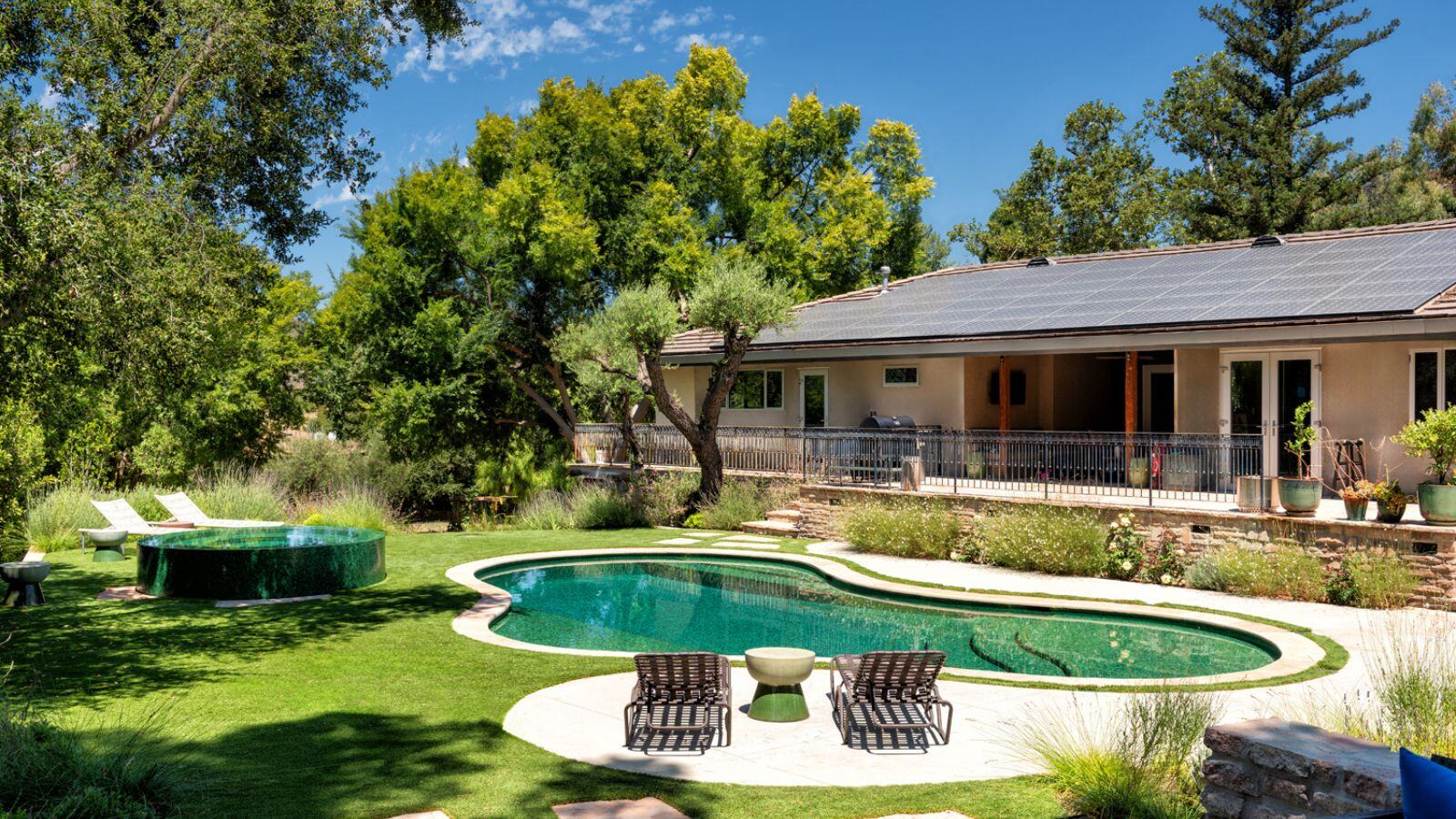
If you’re planning to build or remodel a pool in 2026, you’re not just choosing a “look”; you’re making a long-term investment in your home, your...
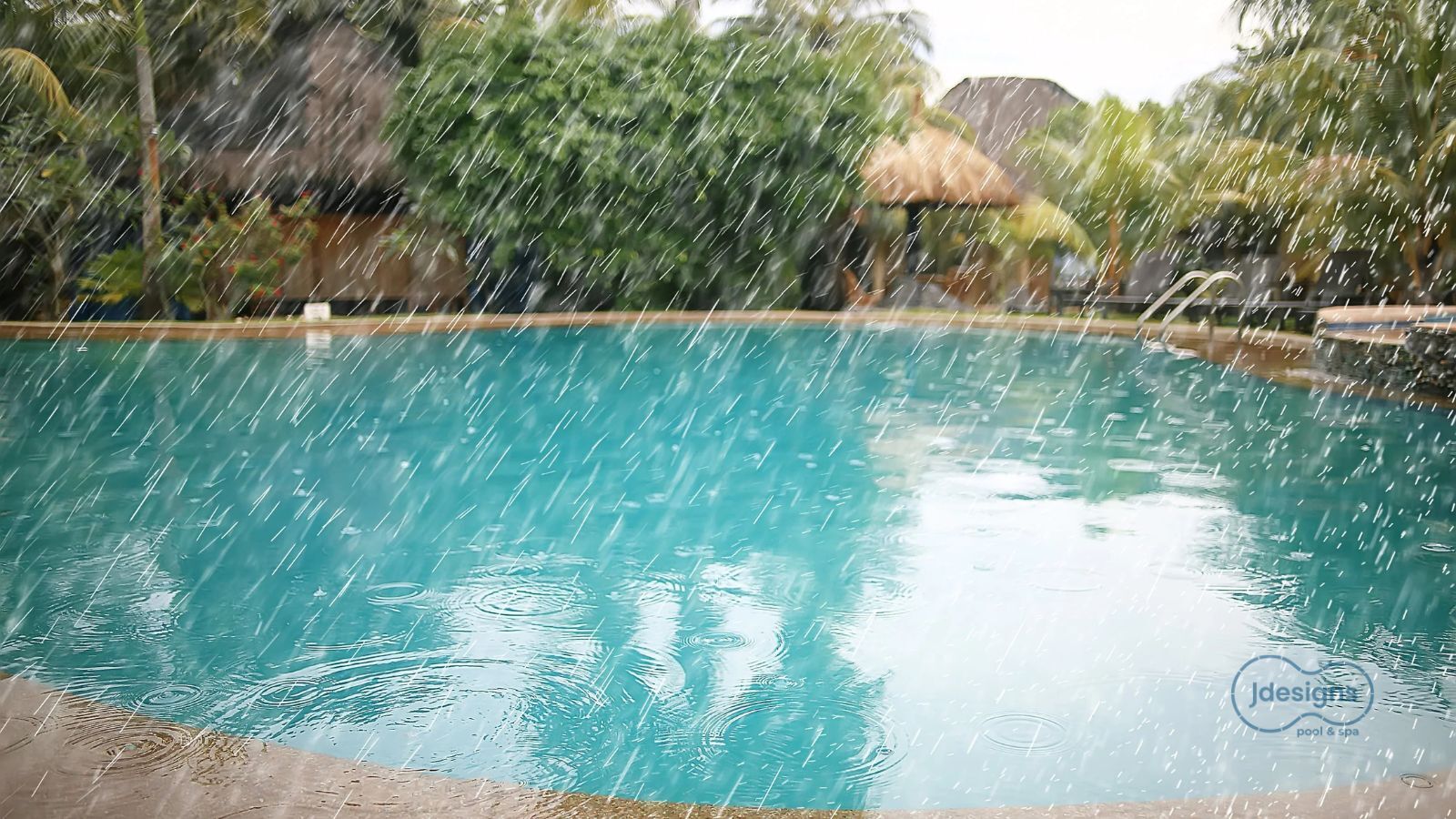
Pool Overflows After Heavy Rain and How to Lower Your Pool's Water Level
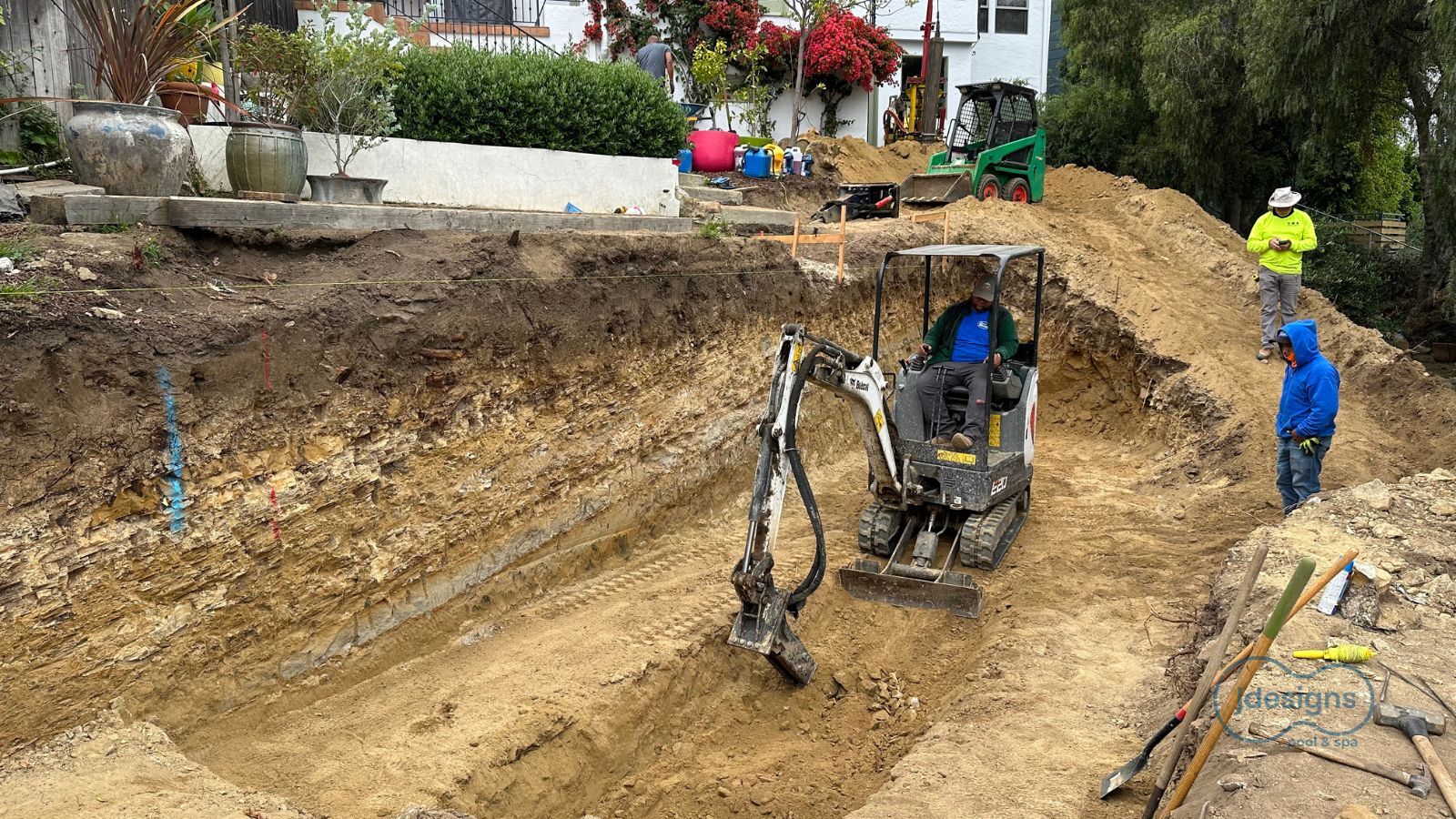
The Hidden Soil Risks That Can Destroy Your Pool and Budget Why a Proper Soils Exploration Is Critical Before Building a Pool: A homeowner’s guide to...